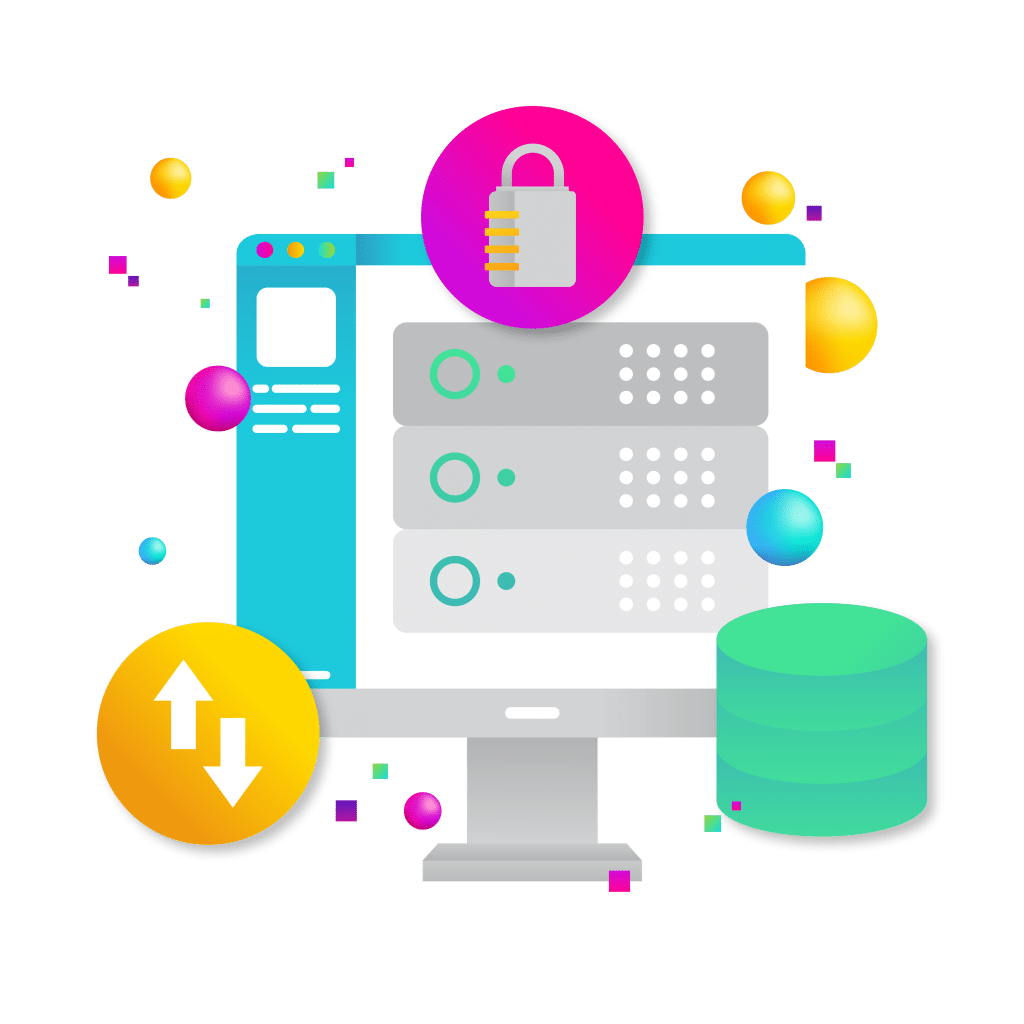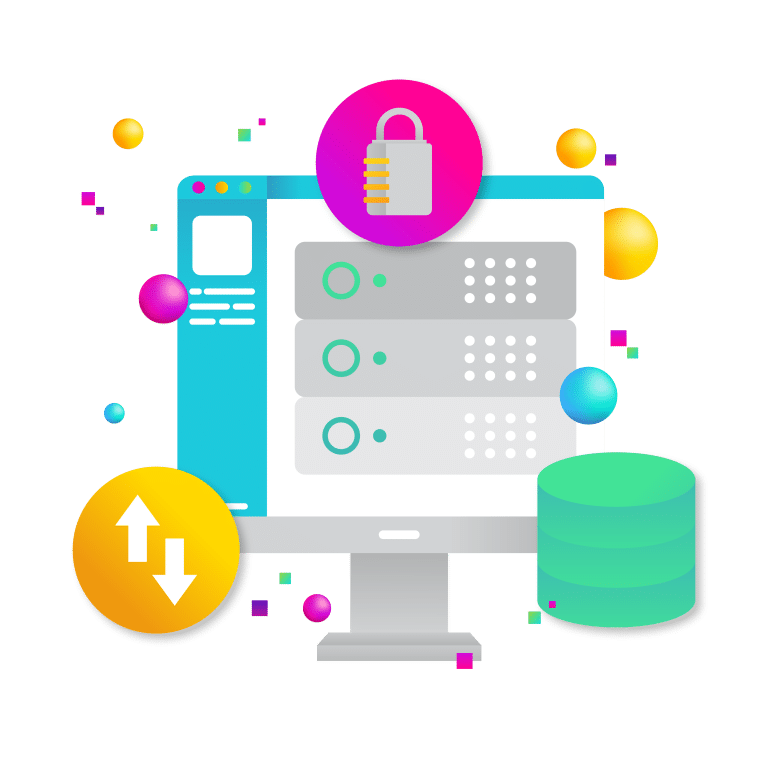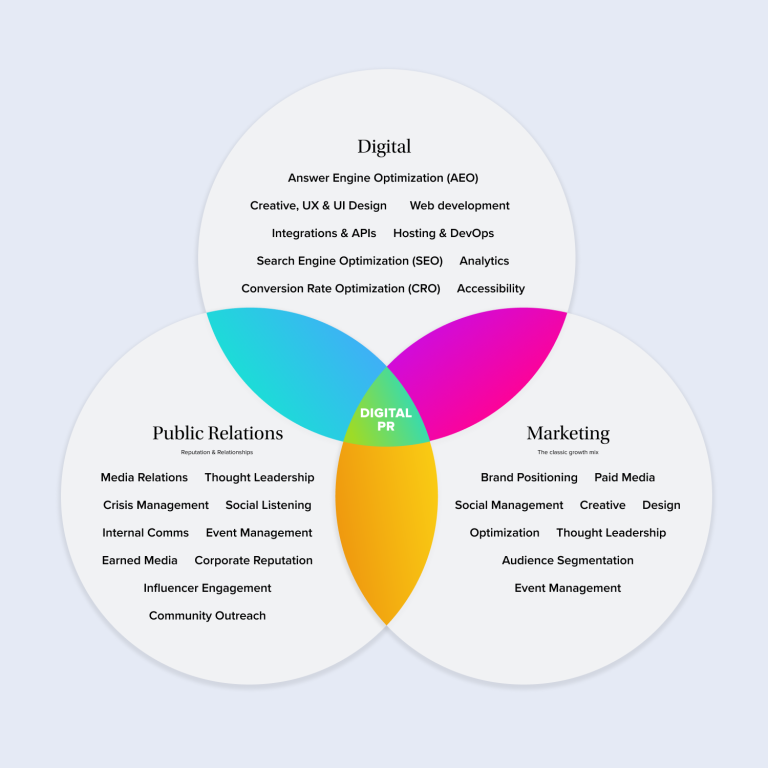
Today, speed isn’t just a luxury—it’s a necessity. Websites and applications that load instantly not only deliver a superior user experience but also rank higher in search engine results and convert more visitors into customers. One of the most powerful and increasingly essential strategies to achieve this performance boost is edge computing. By moving computing resources closer to your users—geographically and logically—you dramatically reduce latency, increase reliability, and ensure consistency across global audiences.
Whether you’re running an e-commerce store, a nonprofit, an association website, or a government agency portal, understanding how edge computing works and how to evaluate edge providers can be a game-changer for your digital success.
What Is Edge Computing?
At its core, edge computing is the practice of moving data processing and content delivery closer to the end user—at the “edge” of the network—rather than relying on a centralized server or data center that might be thousands of miles away. This “edge” is often a network of distributed Points of Presence (PoPs) that store and serve content regionally, reducing the physical and digital distance between a user and the application.
Think of edge computing as the inverse of the traditional centralized cloud. Instead of routing every request to a single cloud data center (which might be in Virginia while your user is in Singapore), edge computing distributes that workload to smaller nodes placed in key geographic regions around the world.
Some everyday examples of edge computing in action include:
- Content Delivery Networks (CDNs) that cache images, scripts, and videos closer to users.
- Edge caching of APIs to reduce load times for dynamic applications.
- Serverless functions that execute right at the edge, minimizing round trips for logic-heavy features.
- IoT platforms that process data locally before pushing summaries to the cloud.
Edge computing isn’t limited to one architecture or platform—it’s a paradigm that enhances performance, resilience, and user satisfaction across virtually all digital experiences.
Edge PoPs: The Backbone of Performance
Points of Presence (PoPs) are the core infrastructure units of edge computing. A PoP is a physical location where edge servers are deployed to handle traffic for nearby users. The more PoPs a provider has—and the better they’re placed globally—the more effectively it can serve a distributed audience.
Here’s why PoPs are critical:
- Reduced latency: Every millisecond matters. A PoP in Paris will serve a French user faster than one in New York.
- Lower packet loss and jitter: Video calls, gaming, and real-time collaboration tools benefit immensely from local PoPs.
- Higher uptime: If one PoP fails, traffic is automatically routed to the next closest, improving overall availability.
- Scalability at the edge: Traffic spikes in one region don’t overload central servers, as PoPs can handle localized demand.
When evaluating edge providers, the density, distribution, and quality of their PoPs should be a top consideration.
How Edge Computing Differs from Traditional Cloud Hosting
While edge computing often complements traditional cloud infrastructure, the two are fundamentally different in where and how data is processed and served.
Feature | Traditional Cloud Hosting | Edge Computing |
Location of compute | Centralized data centers | Decentralized PoPs close to users |
Latency | Higher, due to geographic distance | Lower, by design |
Resilience | Can be a single point of failure | Built-in redundancy and fallback |
Use cases | Data storage, centralized apps | Speed, real-time services, local compliance |
Scalability | Horizontal scaling in central location | Distributed scalability per PoP |
Edge computing doesn’t replace the cloud—it enhances it. Most enterprise-grade setups today use hybrid architectures, combining core cloud computing with edge services for optimal performance and reliability.
Why Edge Computing Improves Website Speed
One of the most tangible benefits of edge computing is speed. Website speed, measured primarily in Time to First Byte (TTFB) and Largest Contentful Paint (LCP), is directly improved by placing critical resources—HTML, CSS, JS, images, fonts—at the edge.
Here’s how edge computing accelerates websites:
- Quicker TTFB: Responses originate from servers closer to the user.
- Optimized asset delivery: Static resources are pre-cached and compressed at edge locations.
- Reduced round-trip time (RTT): Fewer hops between client and server lower the delay.
- Dynamic content acceleration: Some edge providers offer compute capabilities for personalizing content on the fly—without reloading everything from origin servers.
The SEO Benefits of Edge-Optimized Delivery
Speed is an important ranking factor in Google’s algorithm, especially for mobile users. But the benefits of edge computing extend beyond raw performance to several key SEO advantages:
- Faster page loads = higher rankings: Google prioritizes fast-loading pages, particularly those under 2.5 seconds for LCP.
- Lower bounce rates: When users get what they need quickly, they’re less likely to leave.
- Better crawl efficiency: Edge caching reduces server strain, allowing search engine bots to crawl more efficiently and frequently.
- Improved mobile experience: Core Web Vitals, which factor into search rankings, benefit directly from edge acceleration.
- Global consistency: Users in Asia or Europe get the same fast experience as those near your origin server, boosting international SEO efforts.
In short, edge computing helps websites become Google’s ideal candidate: fast, stable, and accessible across the globe.
Enhanced UX: Why Edge Is About More Than Just Speed
While latency and load times are quantifiable benefits, edge computing also enhances the qualitative aspects of user experience (UX):
- Consistency across regions: A website that loads in 600ms in Chicago and 4.5 seconds in Nairobi delivers two very different UX outcomes. Edge equalizes that.
- Fewer outages: Edge networks offer failover and redundancy at multiple layers.
- Instant interactivity: By bringing backend functions (via edge compute or edge workers) closer to the user, interactive components like search, filters, and forms respond faster.
- Better media performance: Streaming videos, animations, and audio files are more responsive and smooth when served from local caches.
Ultimately, edge computing removes friction. And friction is the UX killer—especially for first-time visitors, mobile users, and international audiences.
Use Cases: Who Should Prioritize Edge Computing?
Edge computing has become a critical part of the architecture for organizations of all sizes. Here’s where it makes the most sense:
- E-commerce stores: Speed equals revenue. Edge accelerates product page delivery, cart updates, and checkout flows.
- News and media: Global readerships require rapid asset delivery without geographic bias.
- Associations and nonprofits: Membership portals and donation forms must be fast and reliable for users across time zones.
- Government agencies: Edge infrastructure can help meet compliance, accessibility, and uptime requirements for digital public services.
- SaaS platforms: Low-latency API responses and real-time user feedback loops demand edge infrastructure.
- Healthcare and education: Privacy, reliability, and local data processing benefit immensely from edge strategies.
If your users are global, mobile-first, or demand rapid interactivity, edge computing should be part of your roadmap.
How to Evaluate Edge Providers
Not all edge platforms are created equal. When choosing an edge provider, consider the following criteria to ensure it aligns with your business goals:
- PoP Coverage and Density
- How many PoPs are in regions your users frequent?
- Are there gaps in emerging markets or underserved geographies?
- Performance Benchmarks
- What’s the average latency and TTFB across their network?
- Can they demonstrate improvements via case studies or synthetic benchmarks?
- Compute Capabilities at the Edge
- Do they support edge functions, edge workers, or serverless execution?
- Can they handle dynamic content, not just static assets?
- Security Offerings
- Does the provider offer built-in DDoS mitigation, WAF, or TLS termination at the edge?
- Are they compliant with regulations such as GDPR, HIPAA, or FedRAMP?
- Analytics and Observability
- How easy is it to monitor performance, usage, and anomalies across the edge?
- Can logs be integrated with your SIEM or observability tools?
- Developer Experience and API Support
- Is there strong documentation and SDK support?
- How easy is it to integrate the edge layer into your CI/CD pipeline?
- Pricing Model
- Is pricing transparent and scalable with usage?
- Are there charges for egress, edge compute, or request volumes?
Some popular players in the edge space include Cloudflare, Akamai, Fastly, StackPath, AWS CloudFront, and Netlify Edge Functions. Each brings its own strengths and trade-offs, so align your selection with your technical priorities and budget.
Practical Tips for Getting Started with Edge
Edge computing can feel like a big leap from traditional web hosting models, but adopting it doesn’t need to be overwhelming. By following a structured, phased approach, you can begin integrating edge technology into your digital architecture in ways that are immediately impactful and future-ready.
1. Audit Your Site’s Performance
Before adopting edge solutions, understand where your current infrastructure stands. Without a clear performance baseline, it’s difficult to measure improvements or justify the investment.
- Use performance audit tools like:
- Google Lighthouse: Built into Chrome DevTools, Lighthouse scores performance, accessibility, SEO, and more.
- WebPageTest: Allows you to test performance from different geographic locations, which is critical to identifying edge benefits.
- GTmetrix: Provides waterfall analysis and recommendations on asset optimization.
- Look for geographic disparities:
- Compare load times for users in the U.S. vs. Europe, Asia, Africa, or South America.
- If TTFB or LCP is significantly slower outside your hosting region, that’s a strong signal you’d benefit from edge delivery.
- Use tools like SpeedCurve or Calibre for real user monitoring across multiple locations and devices.
- Identify key assets or pages to prioritize: Focus on high-traffic or revenue-generating pages that could benefit the most from latency reductions.
2. Deploy a CDN
A Content Delivery Network (CDN) is often the gateway to edge computing. CDNs cache your site’s static assets at PoPs around the world, making them instantly available to nearby users.
- Start with popular CDNs like:
- Cloudflare
- Fastly
- Akamai
- Amazon CloudFront
- Bunny.net
- Begin by caching:
- Static files such as images, JavaScript, CSS, fonts, and videos.
- Consider lazy loading assets and using modern formats (e.g., WebP, AVIF) for maximum speed.
- Set appropriate caching policies:
- Define clear cache-control headers.
- Use longer TTLs (Time-to-Live) for static assets and purge them automatically with deployments.
- Advanced tip: Use CDN image optimization features (like Cloudflare Polish or Imgix) to dynamically resize and compress images at the edge, saving bandwidth and improving load time.
3. Add Edge Compute for Dynamic Needs
Edge computing isn’t just about static delivery—it can also handle logic and functionality, minimizing round trips to the origin server.
- Leverage edge functions/serverless compute for:
- Personalization: Serve customized content (like regional greetings or dynamic banners) without delaying full page loads.
- Authentication & security logic: Validate tokens, manage sessions, or geo-fence content closer to users.
- A/B testing & routing: Execute split tests or route users to different experiences based on location or device.
- Redirection & URL rewriting: Manage 301/302 redirects at the edge to improve SEO and reduce load on your servers.
- Tools and platforms for edge compute:
- Cloudflare Workers
- Fastly Compute@Edge
- Netlify Edge Functions
- AWS Lambda@Edge
These platforms allow you to run JavaScript, Rust, or WebAssembly close to the user with ultra-low cold start times.
4. Monitor and Optimize Continuously
The edge is not a “set it and forget it” solution. Optimization is an ongoing process that depends on observability and responsiveness.
- Implement robust monitoring:
- Real User Monitoring (RUM): Tools like New Relic, Datadog RUM, or SpeedCurve track actual user performance across locations and devices.
- Synthetic testing: Simulate site visits using tools like Pingdom, Uptrends, or Catchpoint to evaluate different edge regions.
- Adjust caching strategies:
- Continuously refine cache hit ratios, TTL settings, and purge policies.
- Analyze your CDN provider’s analytics dashboard to monitor which assets are being served from cache vs. origin.
- Optimize headers and configurations:
- Ensure HTTP/2 or HTTP/3 is enabled.
- Utilize Brotli or GZIP compression for assets.
- Leverage preconnect and preload headers for critical resources.
- Address edge errors: Set up alerting for edge-specific issues like rate-limiting, DDoS threats, or geo-restriction failures.
5. Integrate Edge into Your DevOps Workflow
To get the most value out of edge computing, your deployment and development processes must evolve to accommodate distributed architecture.
- Edge-aware CI/CD pipelines:
- Ensure new code and assets are automatically deployed and purged across edge nodes.
- Use GitHub Actions, GitLab CI, or CircleCI with your edge provider’s CLI or API.
- Version edge logic just like backend code:
- Store edge functions or configurations in your version control system.
- Automate staging and rollback processes for edge rules or functions.
- Environment parity: Test your edge logic in staging environments that mirror your production setup, including regional PoPs when possible.
- Infrastructure as Code: Use Terraform or Pulumi to define and provision your edge configurations alongside cloud infrastructure.
Integrating edge into DevOps not only streamlines releases but also ensures performance gains aren’t lost during iterative deployments.
6. Educate and Empower Your Team
Edge computing is as much a mindset shift as it is a technical upgrade. Your team—developers, marketers, designers, and decision-makers—should all understand how edge computing affects their roles.
- For developers:
- Provide training on writing and testing edge functions.
- Encourage experimentation with serverless workflows and edge-based routing.
- For marketers:
- Understand how edge delivery affects SEO, user journey tracking, and personalization.
- Learn to interpret edge analytics and integrate performance metrics into campaign KPIs.
- For UX and design teams:
- Collaborate with devs to test performance across geographies and screen sizes.
- Optimize visual assets and interactive components for edge delivery (e.g., using SVGs, system fonts, or animations that rely on CSS rather than JS).
- For leadership and stakeholders:
- Highlight the strategic benefits: improved SEO, faster conversions, better uptime, and happier users.
- Treat edge computing as part of a broader digital modernization effort that positions the organization for global scale and agility.
- Host cross-functional workshops: Bring together teams to demo improvements from edge deployments—showing before-and-after scenarios and tying technical wins to business outcomes.
The Future of Edge Computing: Trends to Watch
Edge computing is not static—it’s evolving rapidly, with innovations that promise to transform how digital experiences are delivered:
- AI at the edge: Machine learning models deployed at the edge can enable fraud detection, real-time personalization, or visual processing without cloud round trips.
- 5G integration: As 5G becomes ubiquitous, edge networks will serve as the backbone for ultra-low-latency mobile experiences.
- Zero Trust at the edge: Security models that verify every request at the edge level help defend against evolving cyber threats.
- Multi-access edge computing (MEC): Telecom networks are integrating compute directly into their infrastructure, expanding the edge even closer to the user.
- Edge-native frameworks: Platforms like Cloudflare Workers and Fastly’s Compute@Edge are enabling developers to write entire applications directly for the edge.
Staying current with these trends will ensure your architecture remains performant, secure, and ready for what’s next.
Let New Target Bring You to the Edge
At New Target, we understand that the future of web performance lies at the edge. But we also understand that edge computing isn’t a one-size-fits-all solution. It requires strategy, alignment with your business goals, and careful implementation to deliver real value.
We help our clients evaluate edge platforms, implement high-performance architectures, and monitor their impact across SEO, UX, and infrastructure performance. Whether you’re building a lightning-fast e-commerce experience, delivering vital public services, or simply trying to serve your global audience more effectively, we can help bring your digital experience closer to your users—literally and figuratively.
Ready to reduce latency, boost engagement, and future-proof your digital presence? Let’s chat about how edge computing can transform your site.



